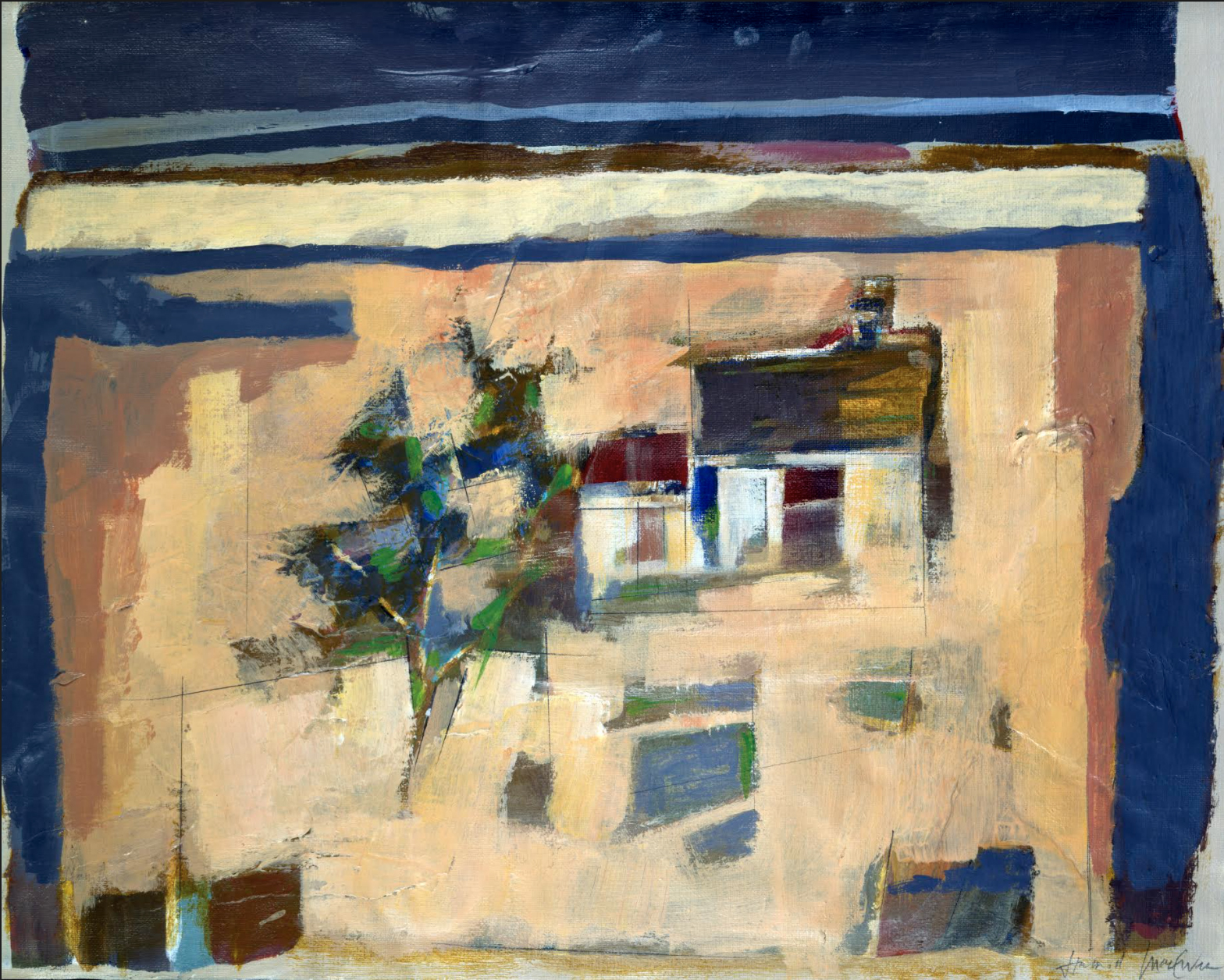Popularized in the 1970s, community-style living is making a resurgence. Whether it is due to rising real estate costs or the desire to downsize and live a more minimalist lifestyle – alternative housing options are gaining popularity. Here are a few examples of unique housing that can be found today:
1. Moriyama House -Tokyo, Japan. Creating a connection between private and community living, the Moriyama house is a home designed like a community. It connects the inside with the outside. A multi-building residence with ten separate buildings where every room is a building in itself. Between the buildings there are gardens and pathways that are open to the street. Some of the buildings are owner occupied while others are rented. The project blurs the boundaries between perceived private and public property.
2. Kalkbreite Co-op Complex -Zurich, Switzerland. Built over a tram depot, this building is as large as a city block and houses approx. 250 people in 97 apartment units. It has 5,000 square meters of commercial space, a bed and breakfast, and a public courtyard. The project was completed in 2014, although advocates were calling for the area to be developed into a housing complex as early as the 1970s. The community aims to connect the tram with the building and merge commercial and living spaces. Once an undesirable space, the area is now beautifully convenient with a movie theatre, restaurants, and even a florist, right in the building. The rent is cheaper than average apartments in the city.
3. Shared Housing – Tokyo, Japan. Shared housing involves several unrelated people sharing a house. Inhabitants can operate like a regular household – splitting the bills, chores, food, etc. You sacrifice some privacy, but gain access to a large beautiful space at an affordable price. An example of a beautiful shared space: Japan’s Naruse Inokuma Architects designed a 3200 sq ft home with 13 bedrooms and several community spaces including a floating mezzanine level and a roof deck.
4. Tiny Houses (or Apartments). Focusing on functionality and smart design over square footage, tiny homes/apartments are a solution for those looking to save money, simplify, and downsize. Micro-apartments are often found in highly-populated areas and feature smart intuitive design. These small spaces are designed with ‘time’ in mind; spaces have multiple functions and can change depending on the time of day. For example, one Hong Kong apartment designed by LAAB Architecture is only 309 sq ft but features a full kitchen, large bathtub, home theatre and gym. Connecting technology and smart planning – the apartment is fully adaptive.
With an increased desire for affordable living, community spaces, and smart design – alternative ways of living (and building) are gaining momentum. Would you consider living in any of these types of homes? Let us know.

